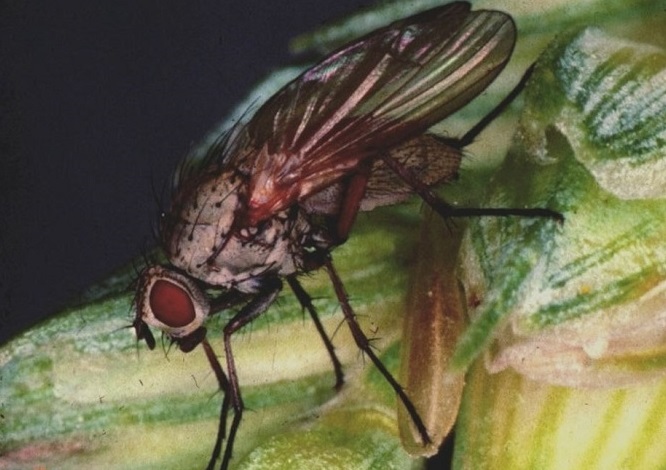
This year is one of the lowest-risk years for wheat bulb fly since monitoring began, according to the final results from a survey of the pest.
Conducted by ADAS, the survey, which has been monitoring since 1984, involves taking soil samples in September from 30 fields prone to wheat bulb fly attack and calculating the number of eggs per square metre.
All cereals, except oats, can be attacked by the pest, although damage is most frequently reported in wheat. It is most prevalent in eastern England.
Egg counts at seven of these sites, two in the East of England and five in the North, exceeded the 100/m2 seed treatment threshold, which applies to late-sown winter wheat crops.
Early sown crops, before November, are unlikely to benefit from seed treatment, as such treatment lacks sufficient persistence to protect crops.
Where egg counts are greater than 250/m2, economic losses should be anticipated. In 2018, only one site had more than 250 eggs/m2 – a potato site in Cambridgeshire (322 eggs/m2).
For late-winter/spring-sown crops, January to March, seed treatments should be considered, if eggs are present.
Charlotte Rowley, who manages pest research at AHDB, said the survey results is "good news" for farmers.
“The number of fields with more than 250 eggs per square meter has been relatively low in the last few years. With a complete absence of post-drilling control options, this is good news for farmers.”
